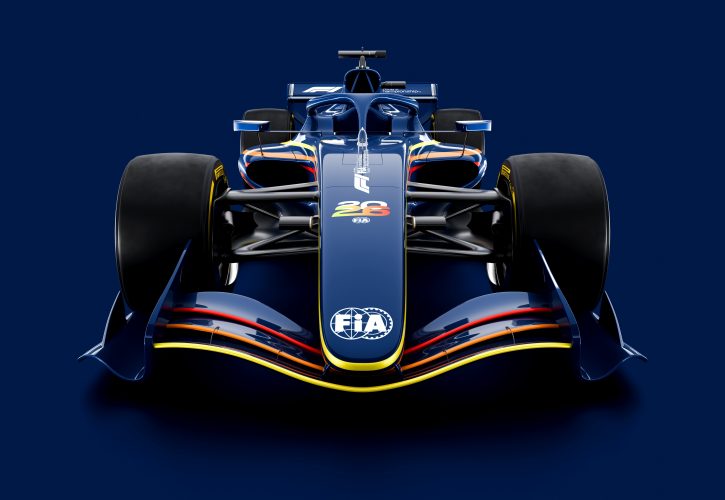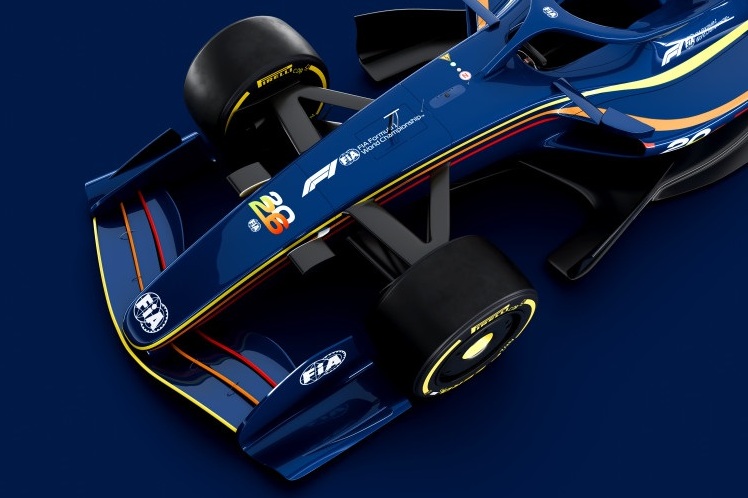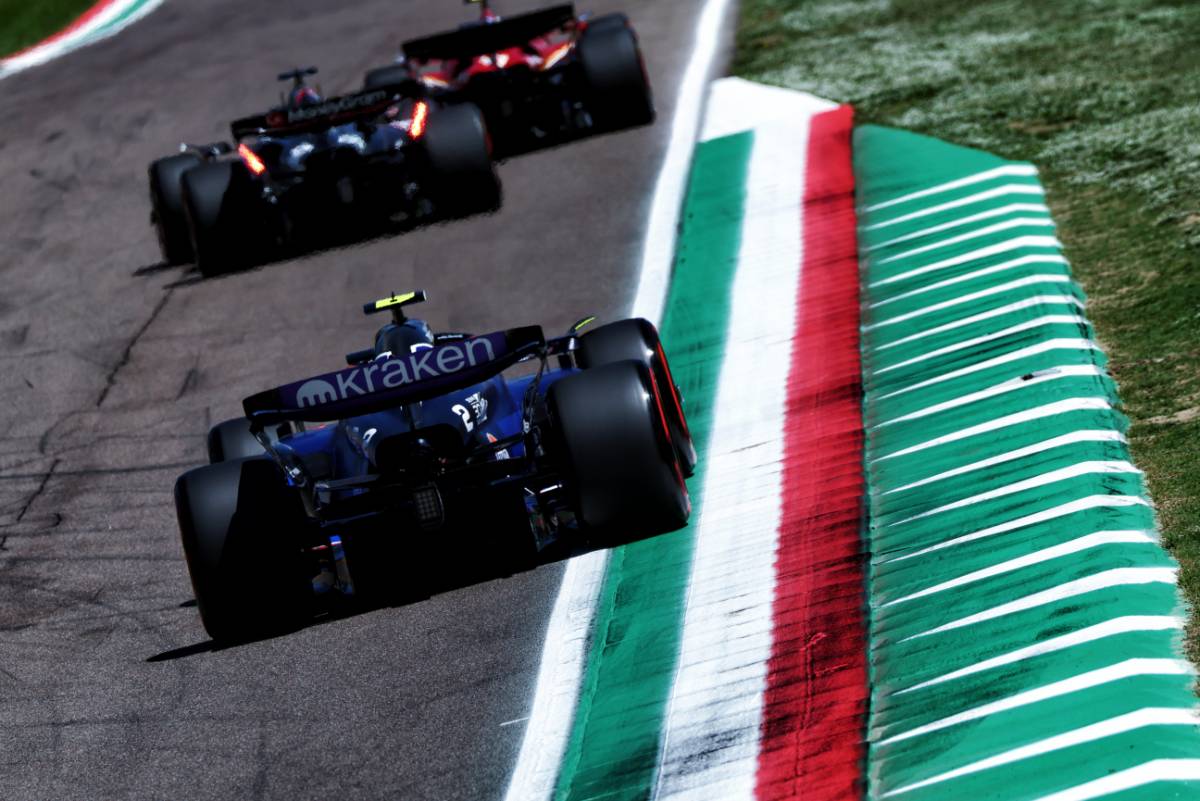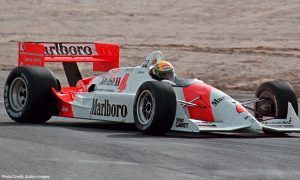
Formula 1 is set for a dramatic visual and strategic overhaul in 2026, with the sport’s new technical regulations ushering in a generation of smaller, lighter, and more agile cars, with a completely new approach to overtaking.
The current crop of F1 ground-effect car cars will be replaced by sleeker, more compact machines.
The future regulations mandate a reduction in car size and weight, with the goal of enhancing handling and responsiveness, which should lead to more visually distinct designs and potentially closer racing on the track.
The 2026 machines will no longer feature today’s prominent Drag Reduction System or DRS to aid overtaking, but ‘active aerodynamics’, meaning movable front and rear wings that will help enhance the spectacle out on the track.
The active aero system offers drivers two key options:
Z-Mode - Cornering like a champ: When deployed, Z-mode will adjust the angle of the front and rear wing elements to increase cornering speeds.
X-Mode - Need for speed: For straights and high-speed sections, drivers can switch to X-mode. This mode flattens the wing elements, reducing drag and maximizing straight-line speed.
Drivers will have control over activating these modes, but with limitations. The FIA anticipates allowing active aero use only in designated safe zones on the track, typically straights exceeding three seconds in length.
This ensures safety while still allowing for strategic overtaking attempts.
The introduction of active aerodynamics in F1 signifies a bold move towards driver skill and strategic decision-making playing a larger role in overtaking maneuvers.
With the familiar DRS fading away, the 2026 season promises a new era of tactical battles on the track, with drivers needing to master the art of balancing cornering ability with blistering straight-line speed.

©FIA
“We have these two modes that would be set up in terms of zones around the lap, and the drivers would be able to switch between these two modes when permitted,” explained the FIA’s head of aerodynamics Jason Somerville.
“There may be sporting regulations, that for example prevent use in wet conditions, but otherwise we would expect the drivers to have access to both modes around the track for every lap.”
F1 Embraces Manual Override Mode
With the departure of DRS in 2026, the FIA is introducing a new weapon in the overtaking arsenal: a manual override engine mode.
This system aims to provide the chasing car with a temporary power boost, creating overtaking opportunities.
A leading car's energy deployment will gradually decrease after reaching 290 kilometers per hour, ultimately reaching zero at 355 kilometers per hour. This creates a window of vulnerability for the chasing car to potentially make a move.
The chasing car trailing will benefit from the MGU-K override. This system injects an additional 350kW of power, potentially giving the driver a significant edge up to 337 kilometers per hour. The override also provides an extra 0.5 megajoules of energy, further aiding in the overtaking attempt.

Jan Monchaux, the FIA’s single-seater technical director explained the override system:
“Right now with the DRS you are behind a car, within a second, that ticks a box, and you are allowed to open your DRS in a straight line. This will not be the case anymore.
“However, the logic will be the same: I'm close enough to another car, I am given an extra amount of energy for that one lap, which I can deploy any way I want.
“The extra amount of energy is defined and that will give that boost of energy to eventually give the following car a chance to overtake by the end of the straight.”
Keep up to date with all the F1 news via Facebook and Twitter






